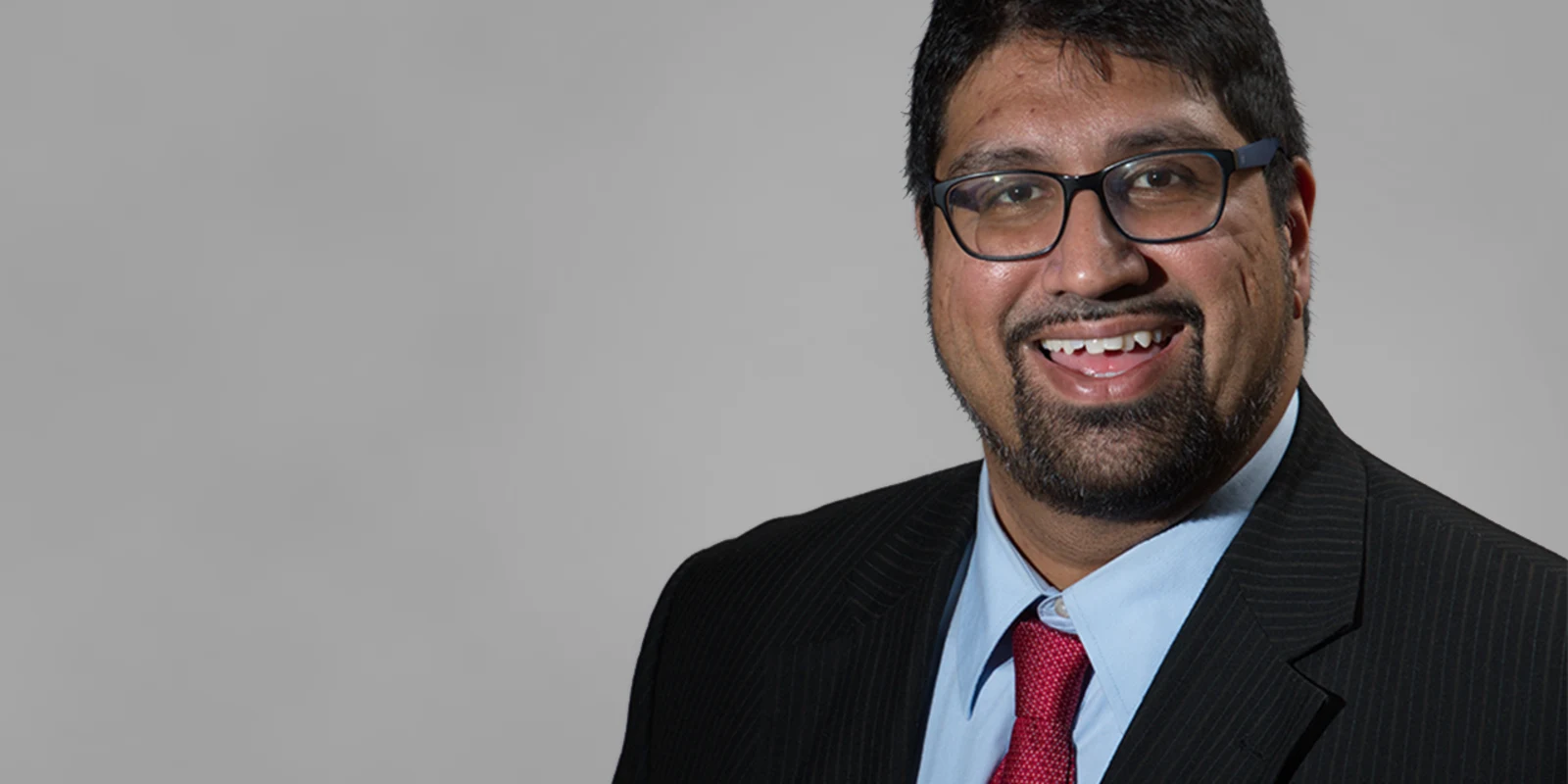
Name: Yusef Sayeed, MD
Specialty: Occupational Medicine
Education: West Virginia University School Medicine, University of Pennsylvania, Mayo School of Graduate, University of Kentucky College of Medicine, University of Louisville
Areas of Expertise: Sports medicine, Platelet rich plasma therapy, Musculoskeletal ultrasonography, Stem cell transplantation, Interventional ultrasonography, Regenerative medicine, Musculoskeletal disorders, Occupational medicine, Disability evaluation, Medical review officer, Qualified medical examiner
Current Position: Veterans Administration in Battle Creek Michigan
1. Why did you choose occupational medicine?
Occupational medicine is a specialty that is not well known even among those in the medical community but is a specialty that is truly a gem among medical specialties. The type of care provided is among the most robust and comprehensive among any medical specialty that I am aware of treating the working populations health. It cuts across almost every specialty and includes areas such as spine care, musculoskeletal medicine, internal medicine, preventive medicine, government medical affairs, corporate medical care, family medicine, toxicology, and even mental health care. My subspecialty training in interventional pain medicine serves me well in the work related injury care that I see daily. Due to the wide variety of medical practice, occupational medicine physicians have the lowest burnout rate among all specialties in medicine.
2. What area of occupational medicine is changing most rapidly?
There are really three areas of occupational medicine that are growing the most. Treating health and wellness have been primary targets thus ensuring that our working population remains productive and engaged positive members of society. The second area of rapid change is the use of regenerative medicine techniques to reverse both acute and degenerative chronic disease processes like degenerative joint disease and osteoarthritis. The use of musculoskeletal ultrasound is another area that is of keen interest to practitioners for both cost containment as well as delivery of high quality medical care. The research in these areas are progressing at a phenomenal rate.
3. What are your research interests?
My research interests revolve around interventional techniques using regenerative medicine, the utility of musculoskeletal ultrasound as well as improving the quality of care delivery across large organizations and institutions.
4. Outside of your daily practice, do you have any personal or professional projects that you’re passionate about?
I care for the health and well being of our veterans on a very deep and personal level. They have given so much for this country and I believe it is in our interests to continue to provide them with the highest quality care that is achievable in today’s practice. In order to achieve this I have engaged stake holders across organizations to improve the care they are receive by integrating the newest approaches to treat their chronic and acute pain all the while reducing their use of narcotics to provide functional restoration.
5. What is a common misconception that other clinicians have about occupational medicine?
The most common misconception about occupational medicine is that we are referred to as the occupational therapists. Although certainly coordinating that type of care is within our scope of practice, our clinical competence is much larger than any one medical specialty and more likely treats more patients on a population level than on an individual level.
6. Who are your mentors?
My clinical mentors are many, but I would have to say the two that stand out the most are Dr. Jay Smith and Dr. Jon Finnoff at the Mayo Clinic. They were instrumental in not only teaching me the newest techniques but how to implement them. They also provided the foundation of what I have been able to achieve to date in research and professionally. They have always been positive role models and honestly I can’t describe how much they have contributed to my success and the best part of their mentorship is that I continue to speak with them about questions I have throughout my career. On an even more personal level I am grateful for their friendship.
7. What’s the best advice you’ve ever received?
Do everything you can today, because today is all that matters!
8. What has been your most gratifying moment of being a clinician?
Teaching medical students and residents. Passing on wisdom that I have learned is something that is very difficult to put into words but has meant so much to me.
9. How do you motivate patients to do what’s best for their health?
I generally have open and honest dialogue with patients and I repeat conversations with them. It is very difficult to communicate lifestyle changes that will impact a patients health in one clinical visit. This takes time and is a necessary part of creating an individual culture of health.
10. What is the biggest challenge or obstacle in occupational medicine?
The biggest obstacle in occupational medicine is the medical legal climate of work injury. Often times injured workers suffer in litigation and are asked once litigation is complete to turn their lives around. This system precludes patients the ability to get better rapidly.
11. What are your favorite Doximity features and how have they helped your productivity (Dialer, DocNews, Career Navigator, e-Fax, etc.)?
The Doximity feature that I use the most is e-fax. It allows connectivity in patient care and provides easy access for medical information.






